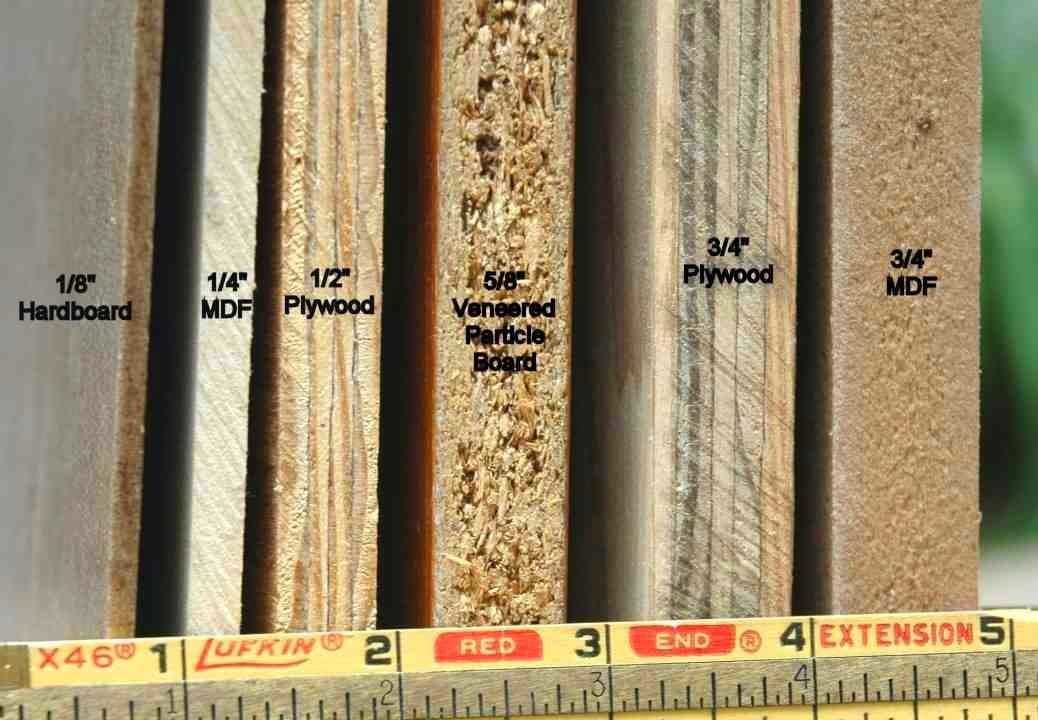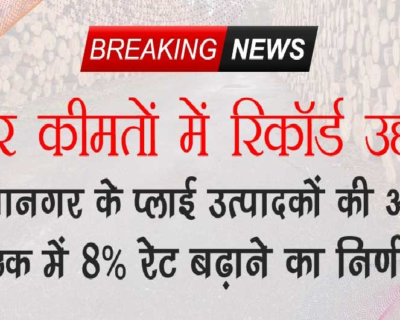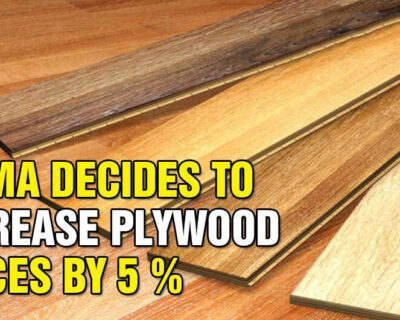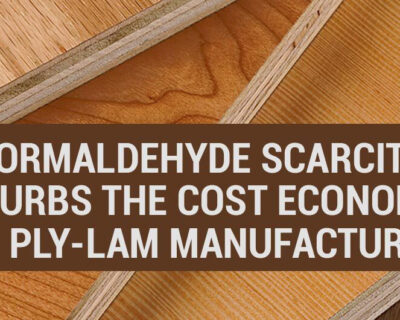
QUALITY CHECK
We list here many steps to quality check that can perform while purchasing plywood. To ensure you buy genuine and good quality plywood. Some of the basic visual checks are :
Core Gaps & Overlappings :
Check the side profile of the sheet, the edges. The layers on the side profile of plywood should be running straight. Since plywood is an engineered wood panel made by pressing layers of thin wood veneers. It’s the composing of these layers on top of each other which determines the quality check of plywood.
Core Layers Sheets :
The core layers should be visible as straight lines without gaps/holes and much overlapping between layers. These layers of the core are not one whole sheet of 8×4 size. But of smaller 4×2 or 8×2 sizes and then composed on top of each other at right angles. Thus there are bound to be some minimal amount of core gaps or overlapping which are acceptable. A couple of core gaps or overlappings of 1 – 2 mm per layer is acceptable. But anything exceeding that may compromise the structural integrity of the plywood.
Overlappings:
Have the seller cut a piece from sample sheets. (most good dealers already have cut sample sheets for display). To see if the core lines visible on the outside are also congruent inside. There may be some core gaps and overlapping involved. And that’s okay since plywood in India is still a manual process. But if they’re more than 2 -3 core gaps & overlappings, you should abort.
Nail Holding Capability:
The performance of any ply is predicate on its nail holding capability. A well-bonded ply would never split or crack when a nail or screw is hammer into it. If it does, the ply would pose the risk of delamination and crack. At all nailing points which renders the furniture useless. To check this, drive a nail from the side into the ply. If the layers split or crack, you should look for a better ply. ( #14 1.5inch nail should do the trick for this purpose.)
Weight:
Grade Verification:
Lastly, but most importantly, there are different grades of plywood mostly divided into three parts –
MR (Moisture Resistant)(IS – 303) – Made with Urea Formaldehyde Resin, this is the most basic grade of plywood. If it qualifies the tests given above, it is more or less MR Grade Ply at least.
BWR (Boiling Water Resistant)(IS – 303) – Made with Melamine Bonded Urea Formaldehyde Resin, it’s more resistant to water than MR Grade. A little darker than MR Grade appearance-wise. Take a sample and submerge in boiling water for 8 hours or in a pressure cooker for 1 whistle. Cooldown by submerging in normal temperature water. If the ply layers delaminate, its not BWR Grade and vice versa.
BWP/Marine (Boiling Water Proof) (IS – 710) – Made with Phenol Bonded Resin, this ply is manufactured to be completely waterproof. Usually dark brown/dark chocolate in color. Take a sample and submerge in boiling water for 72 hours or in a pressure cooker for 7 whistles. Cooldown by submerging in normal temperature water. If the ply layers delaminate, its not BWP Grade and vice versa.
Now manufacturers all over India have devised a new way of fooling customers – they dip their MR ply in dark color which gives it a look of BWP ply and then sells it at a much higher rate under the name of BWP Grade plywhereas it’s not. The only way to test it is to take a sample of this Marine Grade Ply, put in boiling water in a pressure cooker and wait for 7 whistles. Post that if the core layers split up, its not a BWP grade ply.
Timber Species
Prefer Eucalyptus made plywood over Poplar or Gurjan timber made plywood. Poplar is much softer and weaker than Eucalyptus and is generally susceptible to Borer & Termite Infestation. There is an Indian myth that Gurjan is the best wood for quality check plywood which falls through when you take into consideration Cost vs Performance vs Environmental Impact.
Performance:
Eucalyptus made plywood has identical strength, density & performance capability as a Gurjan made Plywood. Poplar made plywood has inferior performance levels than both.
Environmental Impact :
More important reasons for choosing Eucalyptus over Gurjan is the fact that Eucalyptus is a fast-growing timber species which is cultivated and grown at managed forests and therefore do not contribute towards any deforestation. On the other hand, Gurjan is a slow-growing timber species usage of which directly results in deforestation and therefore is NOT Sustainable.
Cost :
If that wasn’t reason enough, Gurjan made plywood is at least 50% more expensive than Eucalyptus made quality check Plywood as Gurjan Timber is now only imported from Burma or Laos (Most of the Gurjan forest in India is exhausted). So instead of buying really expensive Gurjan Ply, we suggest choosing an Eucalyptus core. You can easily spot whether a Plywood has Gurjan timber of Eucalyptus timber at its core.
As shown in the picture on the right, Gurjan timber generally is reddish-brown and darker in color than Eucalyptus, plus it has a granular texture as highlighted in the picture while Eucalyptus has a much smoother finish. 90% of the plywood is the Indian market is sold under the name of Gurjan Plywood while only about 20% of them actually contain Gurjan Timber.
Face Finishing
The face grain/look of quality check plywood doesn’t matter as they have absolutely no role to play in structural integrity, instead of its just pure aesthetics. However, as a rule of thumb, good quality manufacturers use good quality Gurjan face veneers which deliver a high-quality finish to the ply.
However, on the off chance that the outside face finish is not up to the mark due to any reason, it doesn’t mean the underlying plywood is also bad. Most if not all interior designers or carpenters use a laminate or veneer to cover the plywood exposed surface, so it doesn’t really matter how it looks on the face. Manufacturers can easily serve you real bad plywood decorated with a shiny face veneer to get a higher price.
Therefore don’t judge plywood by its cover! What matters is that the side profile and what’s inside, so look deeper!





